Since 1996, through the Accademia dei Racemi project, we have conducted a zoning of the Primitivo di Manduria identifying 4 different areas of interest based on their soil and micro-climatic diversity.
In 1998 the 4 Crus of Primitivo were born.
It is the most common one in the Manduria area. Its rusty/burnished red color is due to high levels of iron oxides. It is generally shallow and lies on limestone banks.
Primitivo Felline Terra Rossa is generally harvested through the first week of September. It undergoes a short aging in French barriques and displays the most traditional and typical characteristics of this grape variety: ripe cherry and red berried fruit notes, balance and drinkability with soft and sweet tannins.Primitivo Felline Terra Rossa is generally harvested through the first week of September. It undergoes a short aging in French barriques and displays the most traditional and typical characteristics of this grape variety: ripe cherry and red berried fruit notes, balance and drinkability with soft and sweet tannins.
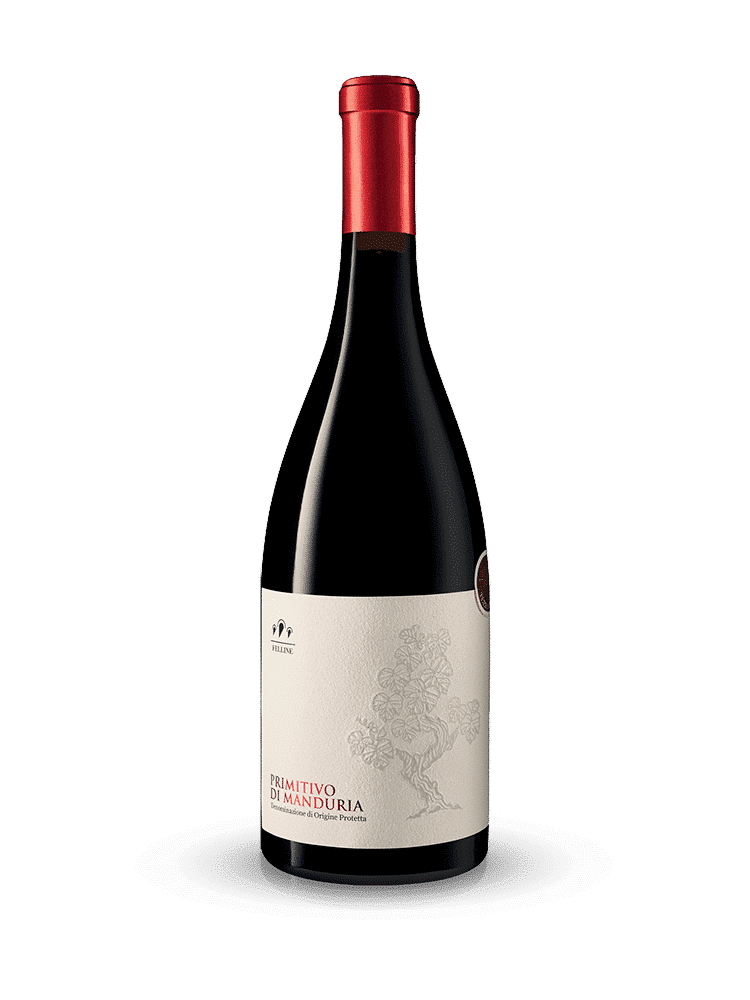
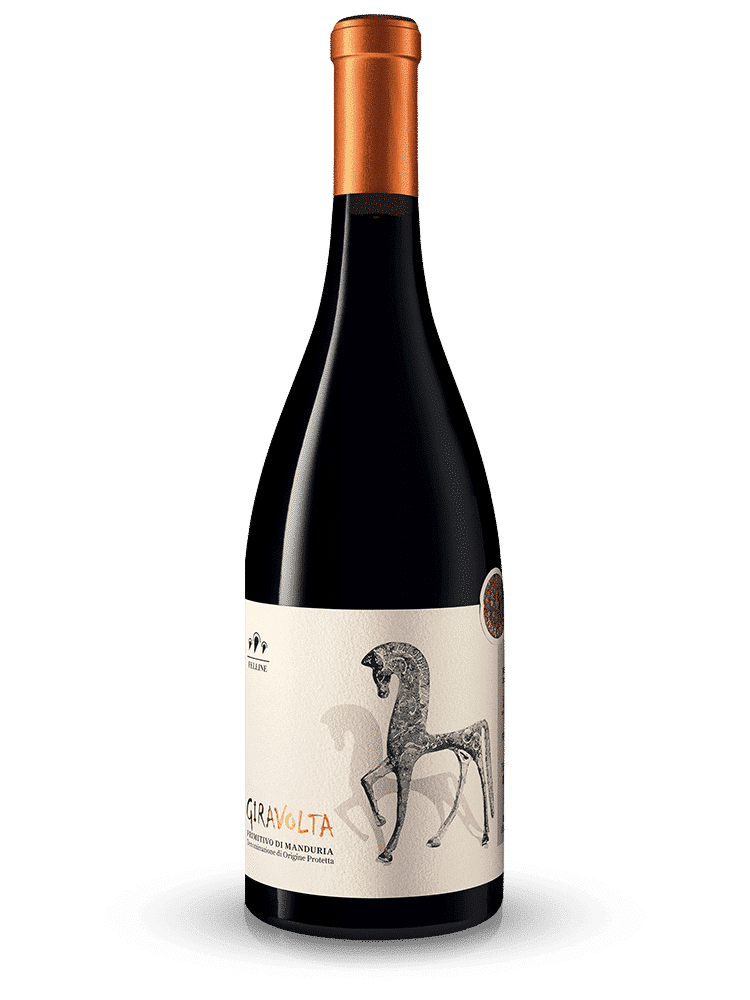
It originates from the breaking up of emerging calcareous stones.
The tufaceous-stony composition of this soil allows a rapid drainage of the rainy water but also to keep a good level of roots humidity, thanks to the porosity of the underlying stones that “captures” and maintain the rainwater.
The Primitivo produced here (generally harvested around mid-September) enhances its fruitiness, with black cherry, vanilla and red berried fruits notes. A further refinement in French oak barriques enhances its elegance and voluptuousness.
Giravolta is the name of a racehorse raised in the Pozzopalo estate, who loved to run around the large property. However, his free gallop used to suddenly change into an “about-face” towards the stables, whenever he approached and noticed the ditch bordering an old tuff quarry.
It is of alluvial origin and consists of actual dark soil deposits originated from the decomposition of organic material (ancient forests) and rock erosion. These lands are sometimes marshy and deep, but also fertile and productive.
The harvest in black soil takes place in mid/late September, obtaining a very spicy Primitivo, with notes of black pepper, rhubarb and licorice together with a dense and persistent tannic structure. The aging in French and American wood enhances the mentholated and balsamic notes of this Cru.
It was here that we over grafted the Californian Zinfandel scions coming from one of the most important vineyards in America: the famous Ridge Geyserville. Zinfandel and Primitivo – it is now proven – are genetically identical. Twenty years ago, however, the only way to study their relation was to have them planted side by side.
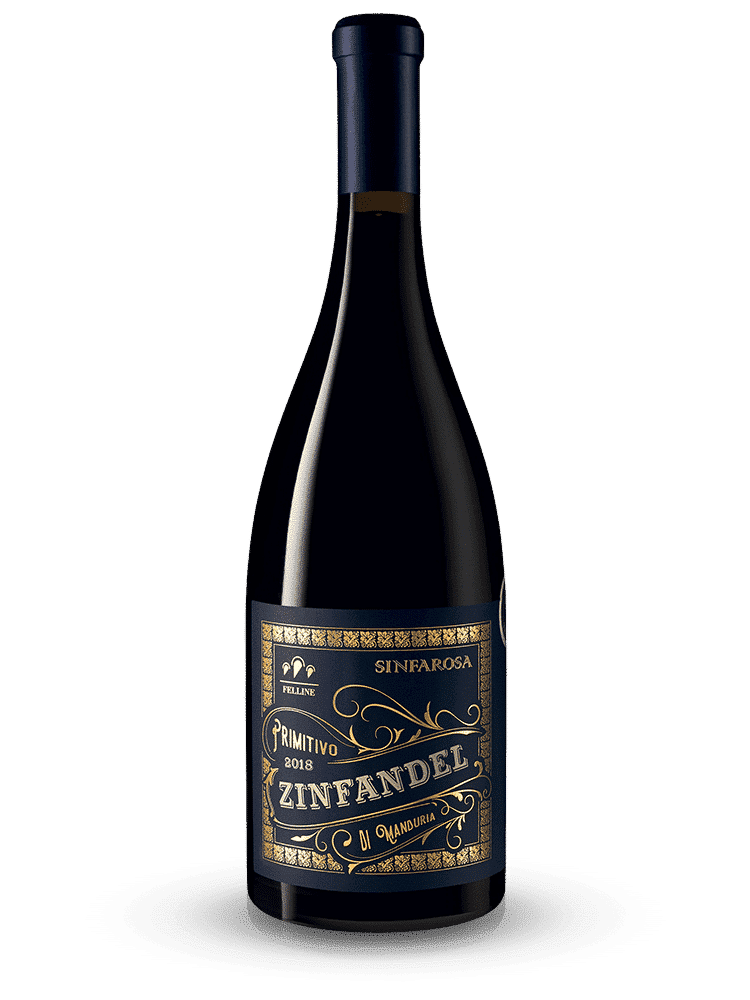
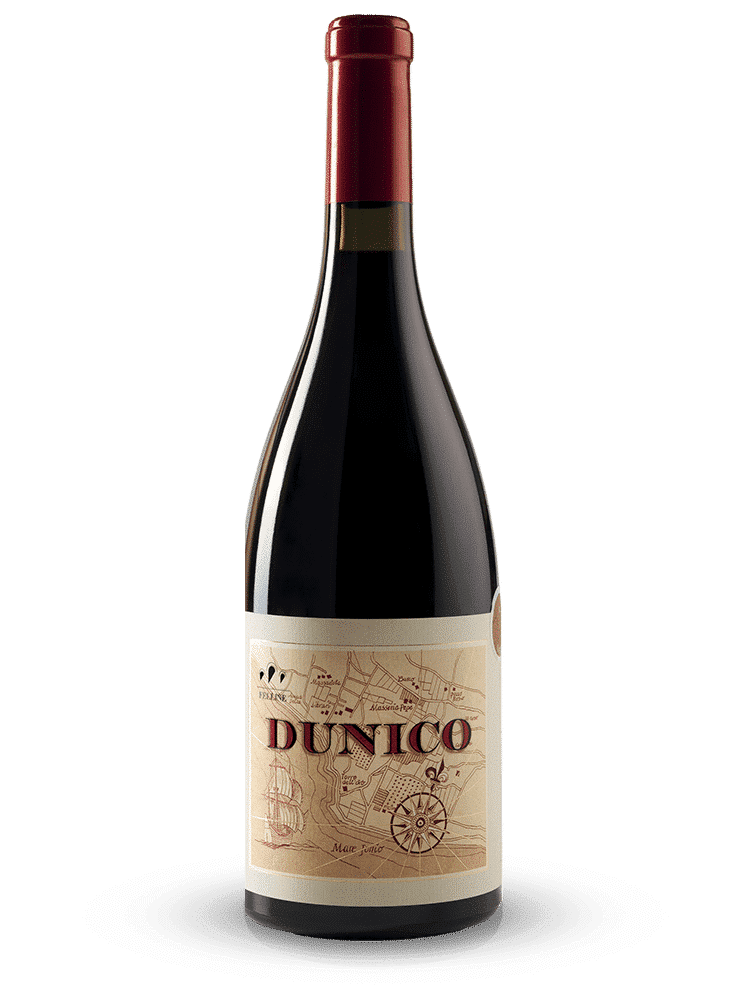
The still existing Primitivo vineyards close to the dunes are today very rare, being few those that escaped the rush of “holiday construction”. These are proof of an ancient and unique viticulture characterized by very low yields per plant, where you can still see ungrafted vines.
The Primitivo obtained from these vineyards is powerful, intense and, following an appropriate refinement in French barriques, expresses itself with a long sequence of complex notes: from ripe fruit to dried figs, almonds, cloves, helichrysum. It shows fullness and elegance on the palate, recalling cherries in alcohol, tobacco and dried fruit notes that persist in a very long aftertaste.
The harvest of the Dunico (unique in the dunes) – is quite premature and usually takes place through the last week of August.


Felline Soc. Agricola a.r.l.
S.Comunale Santo Stasi I, 42
74024 Manduria (Ta) Italia
P.I. – C.F. 02939250730
Copyright 2023 – Privacy and Cookie Policy – Comunic@ndo





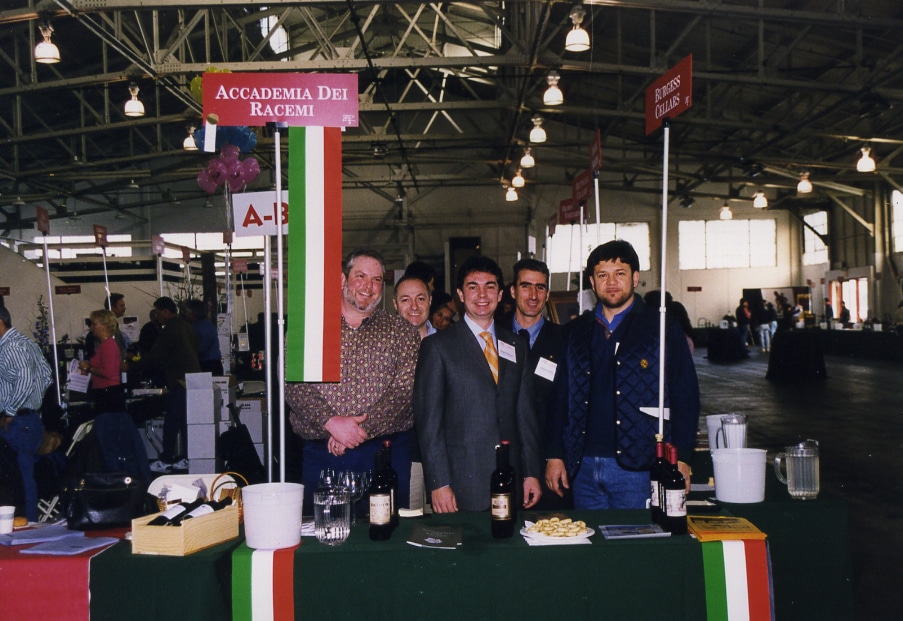
Attraverso la collaborazione con viticultori di territori diversi della regione ed enologi con esperienze nelle vinificazioni di qualità, vengono “offerti” alla conoscenza di giornalisti e importatori le nuove produzioni da uve fino ad allora del tutto trascurate o sconosciute:
Ottavianello, Susumaniello (recuperato da Gregory con l’azienda Torre Guaceto), Fiano Minutolo (azienda Sammartino), oltre a nuove versioni di Negroamaro e Malvasia Nera (azienda Castel di Salve), Moscato Reale di Trani (azienda De Filippo), uva di Troia e Montepulciano (azienda Paolo Petrilli) e ovviamente la zonazione di Primitivo (terra rossa, bianca, nera e sabbia).
L’Accademia dei Racemi annovera tra le consulenze, oltre a Roberto Cipresso e Fabrizio Perrucci, Enzo Moiso, Luca Boaretti. Tuttora alcune aziende create dall’Accademia dei Racemi sono presenti con onore sul mercato.
Oltre a far parlare di sé per i propri vini, l’Accademia dei Racemi diventa un riferimento unico nel panorama regionale per la ricerca, lo studio, la sperimentazione dei vitigni autoctoni.
Per gli esami condotti sulle relazioni tra Primitivo e Zinfandel, la storia e le sperimentazioni, nonché la richiesta di aggiornamento dell’elenco dei sinonimi regolamentato dalla Unione Europea, Gregory Perrucci viene ammesso come unico “membro non americano” nella prestigiosa associazione californiana denominata Zap (Zinfandel Advocates and Producers).
Alcuni anni dopo, precisamente nel giugno 2002 dopo la decretazione scientifica dell’identità tra Zinfandel e Primitivo, nonché tra essi e il croato Crnjelak Kastelansky, è relatore al primo Convegno Internazionale sullo Zinfandel. Tiene una relazione sulle origini del primitivo e i suoi rapporti con lo Zagarese (scomparso) in una sessione congiunta con Doug Beckett (enologo californiano) e il mitico Miljenko Grgich, icona dell’enologia americana per avere prodotto due dei vini che nel concorso mondiale di Parigi del 1976 alla cieca sbaragliarono i vini francesi.